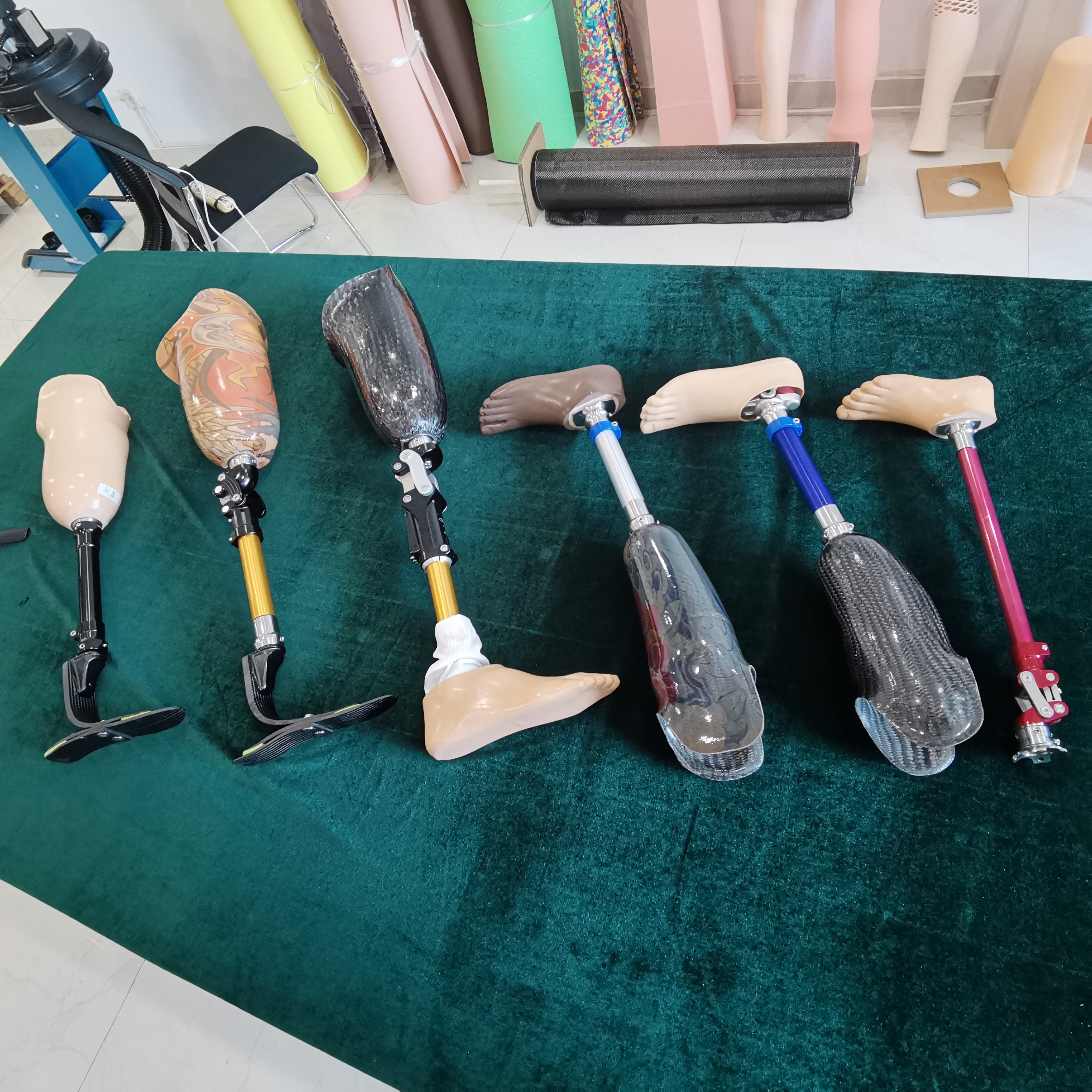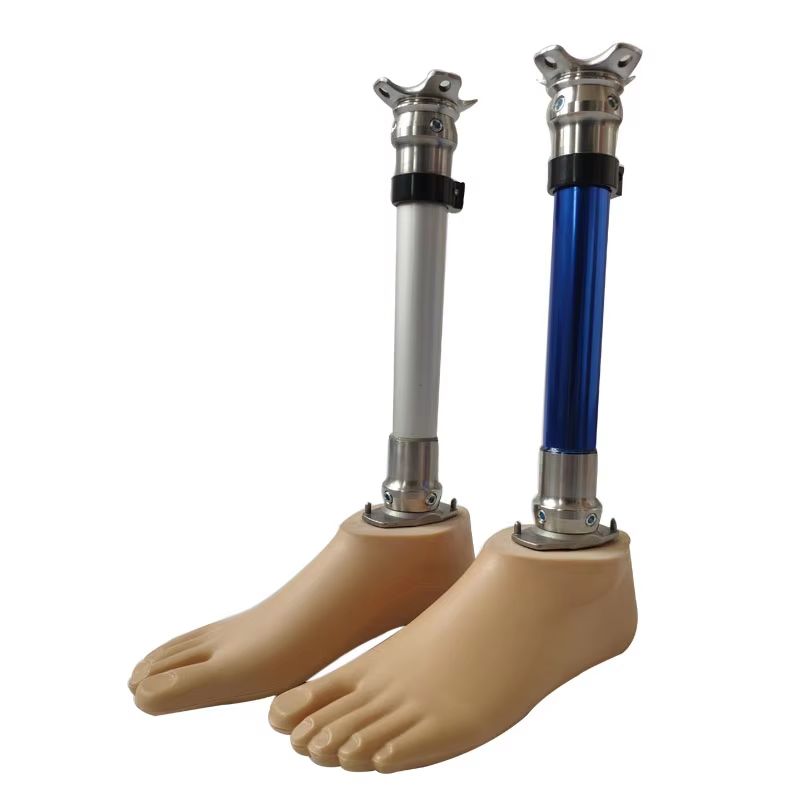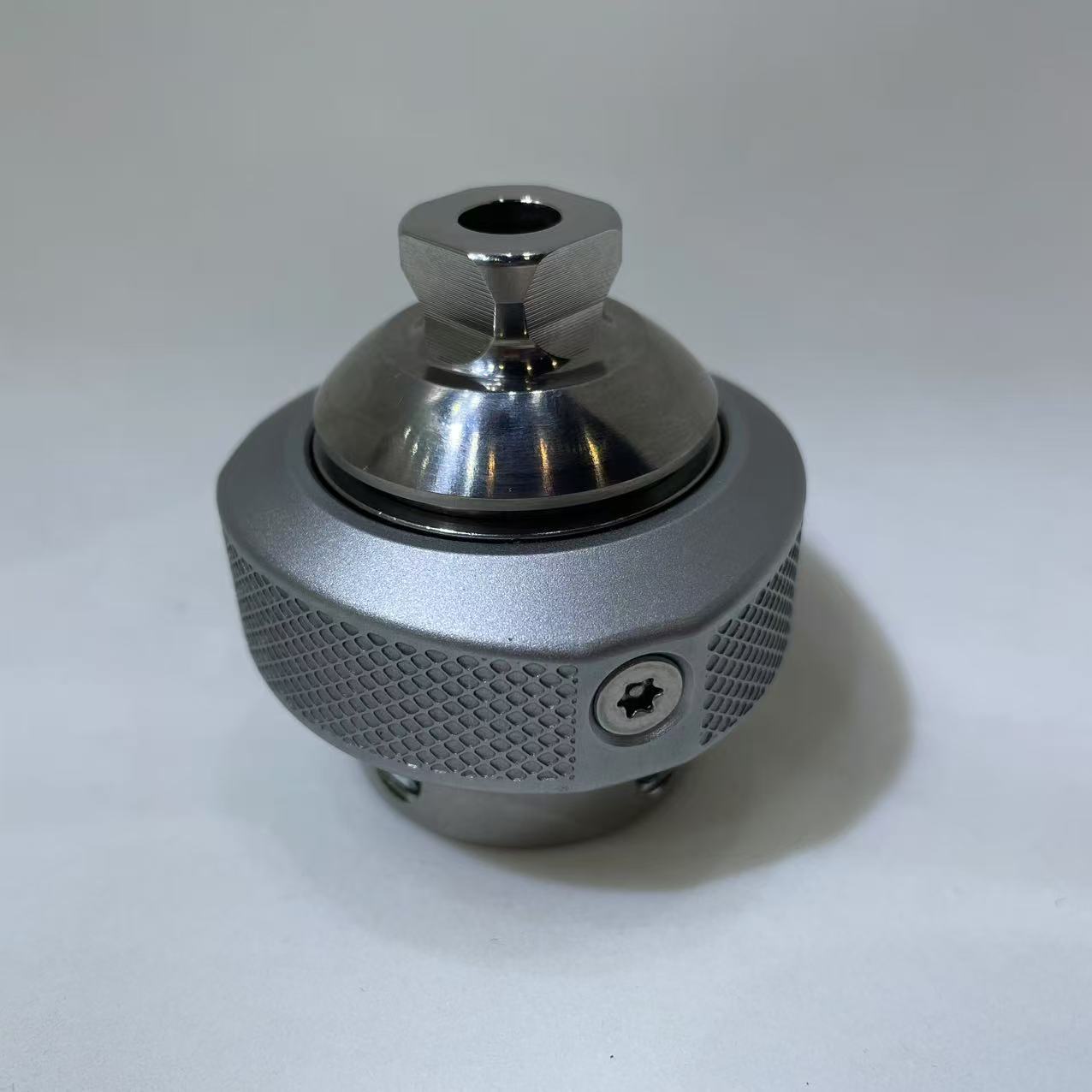Addressing Concerns: FAQs About Artificial Ankle Joints
Release Time:
Apr 19,2025
Addressing Concerns: FAQs About Artificial Ankle Joints Table of Contents Introduction to Artificial Ankle Joints What Are Artificial Ankle Joints? Indications for Ankle Joint Replacement Surgery Benefits of Artificial Ankle Joints The Surgical Procedure for Ankle Joint Replacement Recovery and Rehabilitation After Surgery Common Concerns and Misconceptions Long-Term Outcomes and
Addressing Concerns: FAQs About Artificial Ankle Joints
Table of Contents
- Introduction to Artificial Ankle Joints
- What Are Artificial Ankle Joints?
- Indications for Ankle Joint Replacement Surgery
- Benefits of Artificial Ankle Joints
- The Surgical Procedure for Ankle Joint Replacement
- Recovery and Rehabilitation After Surgery
- Common Concerns and Misconceptions
- Long-Term Outcomes and Success Rates
- Frequently Asked Questions
- Conclusion
Introduction to Artificial Ankle Joints
Artificial ankle joints, also known as total ankle prostheses, have gained significant attention in the field of orthopedic surgery. As advancements in technology and medical techniques improve, more individuals are seeking relief from chronic ankle pain and diminished mobility due to conditions such as osteoarthritis, rheumatoid arthritis, and post-traumatic arthritis. This article aims to address common concerns and questions surrounding artificial ankle joints, providing a comprehensive understanding of the procedure and its implications.
What Are Artificial Ankle Joints?
Artificial ankle joints are prosthetic devices designed to replace damaged or arthritic ankle joints. The components of an artificial ankle typically include a metal base, a plastic spacer, and a metal cap that mimics the natural motion of the ankle. These implants aim to restore function, alleviate pain, and enhance the overall quality of life for individuals with severe ankle issues.
Components of Artificial Ankle Joints
The basic components of an artificial ankle joint include:
- Metal Base: This part is usually made from titanium or cobalt-chromium and serves as the foundation for the implant.
- Plastic Spacer: Polyethylene is often used for the spacer, which acts as a bearing surface between the metal components.
- Metal Cap: This component mirrors the shape of the ankle bone, allowing for smooth movement.
Indications for Ankle Joint Replacement Surgery
Ankle joint replacement surgery is typically recommended for individuals who experience severe pain and disability in the ankle due to the following conditions:
Osteoarthritis
Osteoarthritis is a degenerative joint disease that leads to the wearing down of cartilage. This condition can cause significant pain, stiffness, and swelling in the ankle joint.
Rheumatoid Arthritis
Rheumatoid arthritis is an autoimmune condition that not only affects the joints but can also lead to deformities and severe pain in the ankles, making replacement surgery an option for relief.
Post-Traumatic Arthritis
Injuries to the ankle, such as fractures or ligament tears, can lead to post-traumatic arthritis. If conservative treatments fail to alleviate symptoms, joint replacement may be necessary.
Benefits of Artificial Ankle Joints
Opting for an artificial ankle joint can yield several noteworthy benefits:
Pain Relief
One of the primary reasons individuals pursue ankle joint replacement surgery is to alleviate chronic pain. Many patients report significant pain reduction following the procedure.
Improved Mobility
Restoring function to the ankle joint allows individuals to engage in daily activities without discomfort. Improved mobility enhances overall quality of life.
Enhanced Quality of Life
Patients often experience a boost in their emotional well-being and social engagement post-surgery, as they can return to activities they once enjoyed.
The Surgical Procedure for Ankle Joint Replacement
Understanding the surgical procedure is crucial for prospective patients. Ankle joint replacement is typically performed under general or regional anesthesia and involves the following steps:
Preparation and Anesthesia
Before the procedure, the patient undergoes a thorough evaluation. Anesthesia is administered to ensure the patient remains comfortable throughout the surgery.
Incision and Joint Exposure
A surgeon makes an incision over the ankle to access the joint. Care is taken to preserve surrounding tissues.
Removal of Damaged Bone and Cartilage
The damaged portions of the bone and cartilage are carefully removed to make space for the artificial joint.
Placement of the Artificial Joint
The metal base of the artificial joint is anchored to the bone, followed by the insertion of the plastic spacer and metal cap.
Closing the Incision
Once the prosthesis is securely in place, the surgeon closes the incision with sutures or staples.
Recovery and Rehabilitation After Surgery
The recovery process is crucial for achieving optimal results after ankle joint replacement surgery. Understanding this process helps patients prepare for what lies ahead.
Initial Recovery Phase
Immediately after surgery, patients are moved to a recovery area where they are monitored. Pain management is addressed through medications.
Physical Therapy
Physical therapy is initiated soon after surgery. Rehabilitation professionals guide patients through exercises that enhance mobility, strength, and flexibility.
Long-Term Recovery
Full recovery may take several months. Regular follow-up appointments with the surgeon are essential to monitor healing and adjust rehabilitation plans as necessary.
Common Concerns and Misconceptions
Several concerns and misconceptions often arise when discussing artificial ankle joints:
Durability and Longevity
Many people worry about the lifespan of artificial joints. While individual results may vary, modern implants are designed to last 15-20 years or more with proper care.
Potential Complications
As with any surgery, risks exist. Complications may include infection, blood clots, or implant failure. However, these are relatively rare when the procedure is performed by experienced surgeons.
Impact on Daily Activities
Patients may fear that they will be limited in daily activities post-surgery. With rehabilitation, many individuals return to their regular routines and even resume sports.
Long-Term Outcomes and Success Rates
The success rates for artificial ankle joint surgeries have improved significantly over the years. Studies indicate that over 80% of patients report satisfaction with their outcomes, including reduced pain and improved function.
Factors Influencing Success Rates
Factors such as patient age, activity level, and pre-existing health conditions can influence the long-term success of the surgery. Maintaining a healthy lifestyle and following a rehabilitation plan enhances outcomes.
Frequently Asked Questions
1. How long does the surgery take?
Typically, the surgery lasts around 1 to 2 hours, but this may vary based on individual circumstances.
2. What is the expected recovery time?
Initial recovery may take 6 to 12 weeks, but full recovery and return to normal activities may take up to a year.
3. Will I have to stay in the hospital overnight?
Most patients spend one to three days in the hospital after surgery, depending on their overall health and recovery progress.
4. Can I drive after the surgery?
Driving is generally not permitted for several weeks post-surgery, primarily due to medication and the need to regain strength and mobility.
5. What activities can I resume after the surgery?
Many patients return to light activities, such as walking and low-impact exercises, within a few months. However, high-impact sports may need to be avoided.
Conclusion
Artificial ankle joints represent a significant advancement in orthopedic surgery, offering hope and relief to individuals suffering from chronic ankle pain. By addressing common concerns and providing detailed insights into the procedure, recovery, and long-term outcomes, we empower patients to make informed decisions about their health. If you or a loved one is considering ankle joint replacement, understanding the benefits, risks, and overall process can lead to better outcomes and improved quality of life. As always, consult with a qualified healthcare professional to discuss your specific needs and options.
Keywords:
You Can Also Learn More About Industry Trends







